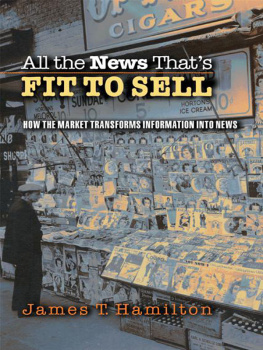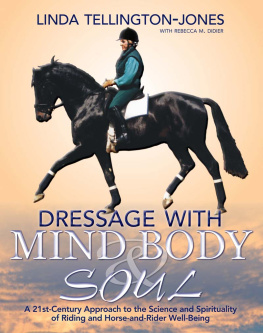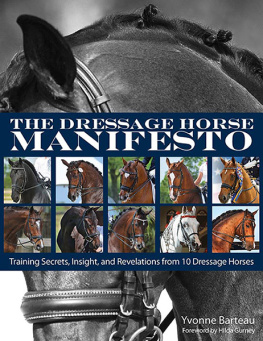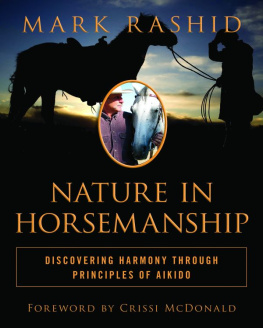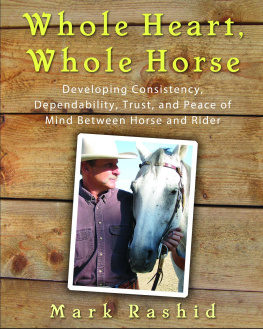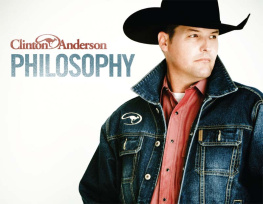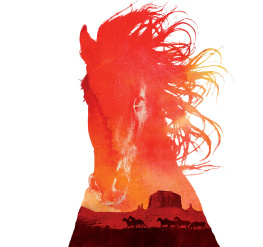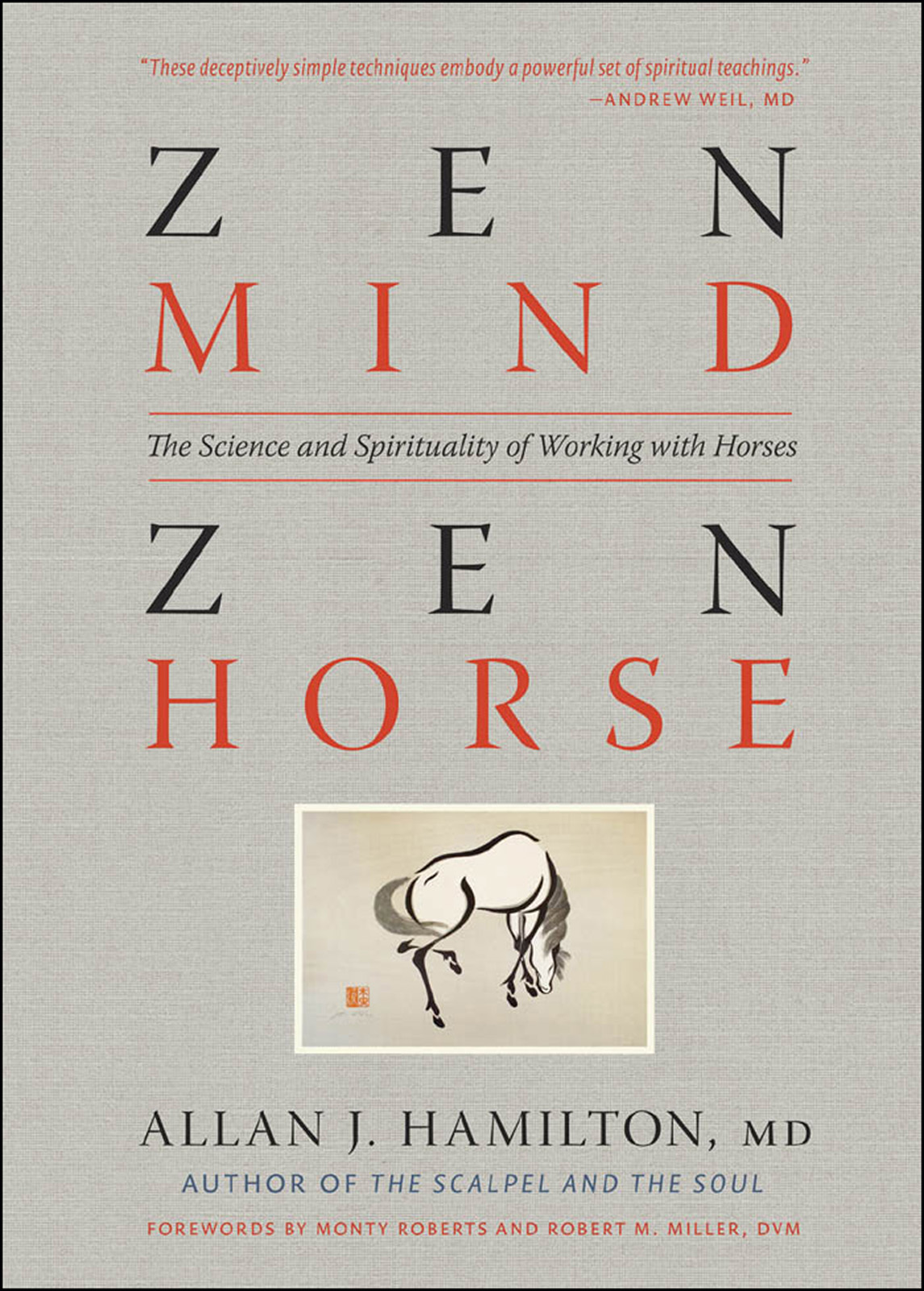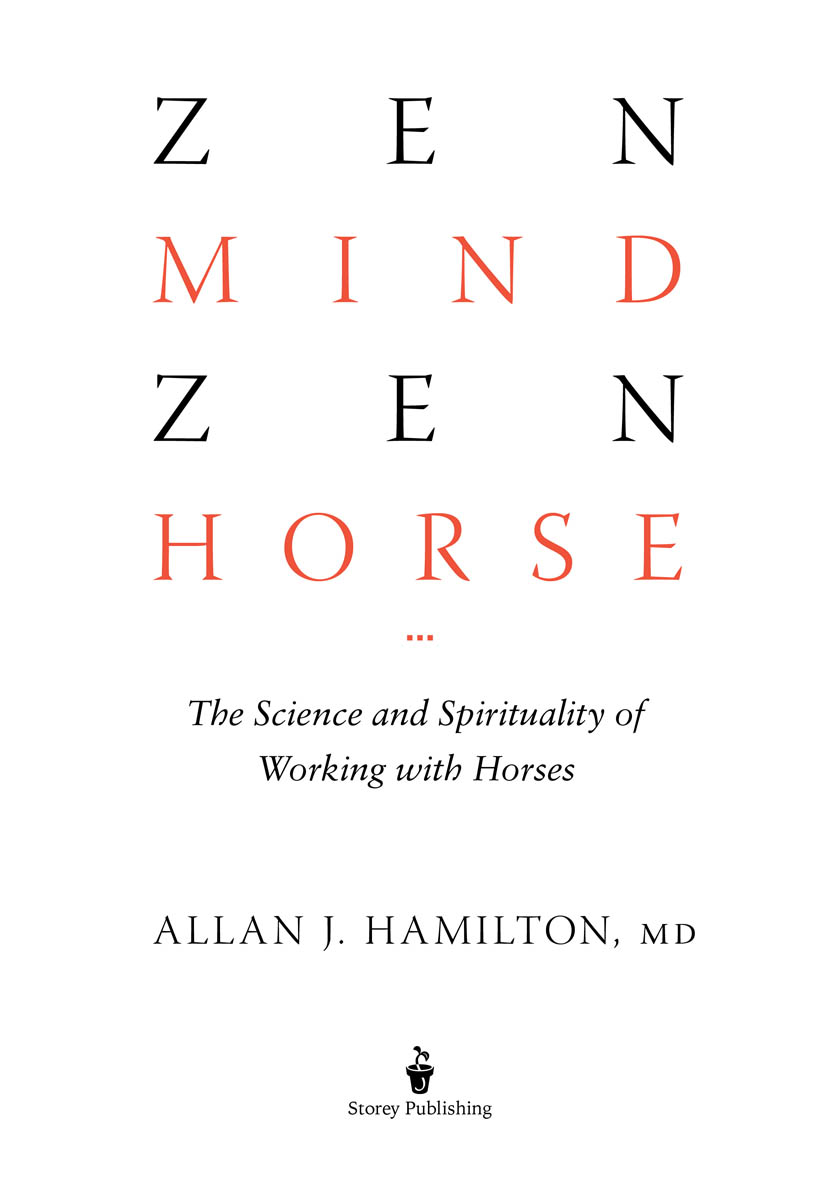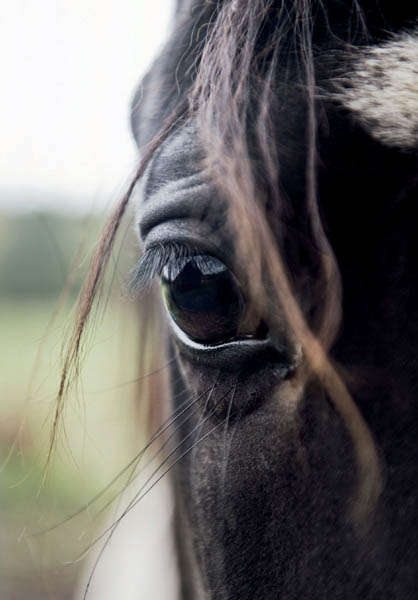To my wonderful Opa,
who gave me a love of horses and of life.
Im gonna walk with my granddaddy, and hell match me step for step
And Ill tell him how Ive missed him, every minute since he left.
Then Ill hug his neck.
When I Get Where Im Going by George Teren and Rivers Rutherford
The mission of Storey Publishing is to serve our customers by publishing practical information that encourages personal independence in harmony with the environment.
Edited by Deborah Burns
Art direction and book design by Dan O. Williams
Text production by Jennifer Jepson Smith
Cover illustration by Yoshijiro Urushibara
Interior photography credits appear on
Author photo by Daniel Snyder
Illustrations by Elayne Sears
Indexed by Samantha Miller
2011 by Allan J. Hamilton
Ebook version 2.0
April 13, 2018
All rights reserved. No part of this book may be reproduced without written permission from the publisher, except by a reviewer who may quote brief passages or reproduce illustrations in a review with appropriate credits; nor may any part of this book be reproduced, stored in a retrieval system, or transmitted in any form or by any means electronic, mechanical, photocopying, recording, or other without written permission from the publisher.
The information in this book is true and complete to the best of our knowledge. All recommendations are made without guarantee on the part of the author or Storey Publishing. The author and publisher disclaim any liability in connection with the use of this information.
Storey books are available for special premium and promotional uses and for customized editions. For further information, please call 1-800-793-9396.
Storey Publishing
210 MASS MoCA Way
North Adams, MA 01247
www.storey.com
Library of Congress
Cataloging-in-Publication Data
Hamilton, Allan J. Zen mind, zen horse : the science and spirituality of working with horses / Allan J. Hamilton.
p. cm.
Includes index.
ISBN 978-1-60342-565-0 (pbk.) 1. Horses Behavior. 2. Horses Psychology. 3. Horses Training. 4. Human-animal communication. 5. Zen Buddhism. I. Title.
SF281.H36 2011
636.10835 dc22
2011012946
On the cover: Yoshijiro (Mokuchu) Urushibara (1889-1953) was a woodblock print craftsman who helped introduce Japanese art to the world in the early twentieth century. His renderings of horses were especially celebrated for their fluid beauty and grace.
CONTENTS
FOREWORD
IN RECENT YEARS there has been a wealth of books written about what has become recognizable to horse lovers as Natural Horsemanship, and what these authors seem to regard as the path to understanding the mind of Equus. Most equestrians learn their horsemanship hands on. They are observers of behavior and architects of harmony. Some of these authors even address what I call the language of Equus. It isnt often, however, that they fully understand how the mind of the horse functions.
Most people recognize that body language is the primal form of communication. Equus has survived for millions of years through his communication system made up almost entirely of a silent language of gestures. This system allows the herd to cohabit successfully with predators. My years of observing and working with horses of all kinds have allowed me to put together an expansive lexicon of gestures and postures that has given me insight into the language of Equus.
Zen Mind, Zen Horse explores the depth of understanding and transforms the foundation of my work and concepts into a more probing exploration of the mind of the horse. In this comprehensive essay, we can gain valuable insight into the reasoning behind the horses reactions to the intentions we humans communicate through our thoughts and actions. We discover that Equus is brilliant in his simplicity of reasoning.
As enlightened horsemen and horsewomen, we learn that it is our responsibility to create an environment in which the horse can learn. The round pen is a wonderful classroom in which to use the silent language of Equus. Using the lexicon of body language and gestures, we communicate to the horse our desire to form a partnership based on mutual respect and trust within this safe enviroment.
In Zen Mind, Zen Horse, the author has generously given the reader the tools to appreciate how we can better understand the mind of Equus. This in itself can energize us to have a fresh outlook or approach to life, not just with horses, but with fellow humans as well. This wonderful animal called the horse is helping heal our wounded warriors who suffer from PTSD and is changing the lives of autistic and challenged children and adults in therapeutic riding academies.
We are just scratching the surface of the evolution of equine training by what is termed Natural Horsemanship. Thankfully, open-minded people have come to recognize how much further we can go to gain optimal performance by taking violence out of the lives of our animals through kinder and gentler techniques. This book is a wonderful tribute to all the horsemen who have dedicated their lives and are sharing their concepts with other horsemen the world over.
Monty Roberts, trainer and author,
The Man Who Listens to Horses and other books
I was asked to do this Foreword because, after a lifetime of effort, I am now considered an expert on equine behavior. How I wish Dr. Hamilton had written this book in 1949. I was twenty-two years of age and had just decided that the conventional methods of horsemanship with which I was familiar were not the best ways of communicating with horses.
Reading books written in past centuries and experimenting with horses allowed me, in the subsequent half century, to learn some of the information available in this book, but by no means all. I am grateful for this opportunity.
Read on and you will learn far more than the authors very interesting autobiography. I studied some neurology when I was in veterinary school more than a half century ago. The neuroscience presented in this book, however, was a revelation to me and helped me understand so much more of why and how both humans and horses functioned.
The information on what we consider to be primitive societies is makes us reevaluate their intellectual capabilities. There have always been reasoning, curious individuals. The voluminous, well-illustrated chapters on handling and training horses, on the scientifically confirmed facts about equine behavior, make reading this book a privilege to all who work with horses. The sections on the power of intention, the relationship that can be established during routine grooming, the all-important virtue of patience, and the psychology of learning are invaluable.
Half of the book is devoted to the art and science of Natural Horsemanship, a method that is sweeping the world and replacing and improving traditional methods, so much of which was and is unnecessarily coercive. For people already skilled in and familiar with this revolution in horsemanship, the book will justify and explain their devotion. Those unfamiliar with this revolutionary concept will, hopefully, be motivated to come on board, not only for their own benefit, but for the horses.
Robert M. Miller, DVM, author,
Imprint Training of the Newborn Foal and other books



